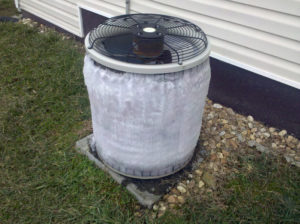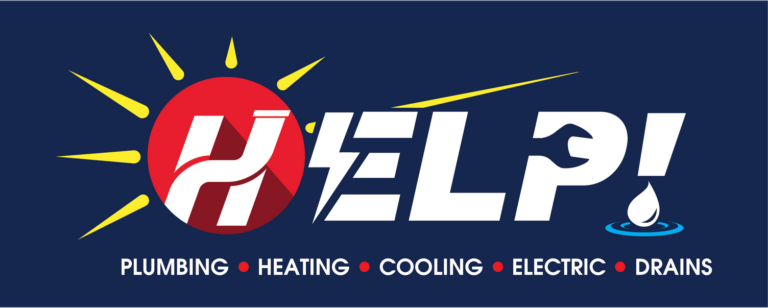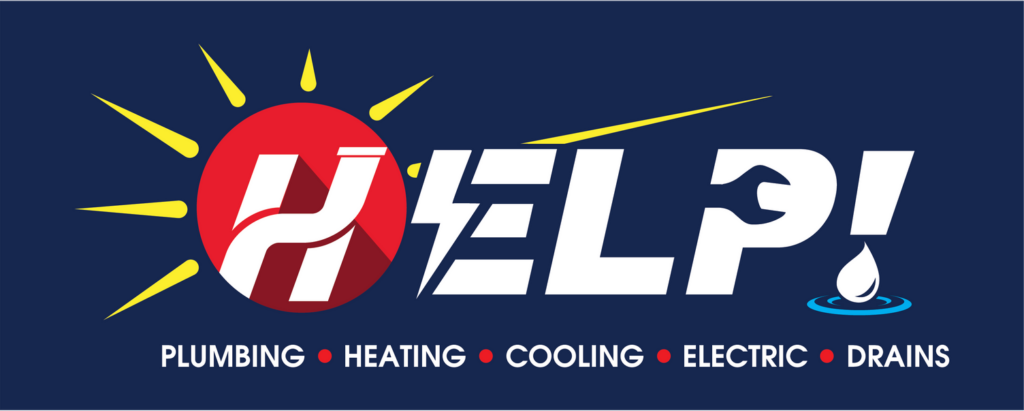 It’s scorching outdoors, but there’s a pretty thick layer of ice all over your air conditioner. So what gives? As it turns out, a frozen air conditioner is a relatively common occurrence, and there are plenty of reasons this can happen to your unit. But as cool as the buildup might seem, keeping your air conditioner on ice not only prevents it from cooling your home effectively but also could lead to long-term damage.
It’s scorching outdoors, but there’s a pretty thick layer of ice all over your air conditioner. So what gives? As it turns out, a frozen air conditioner is a relatively common occurrence, and there are plenty of reasons this can happen to your unit. But as cool as the buildup might seem, keeping your air conditioner on ice not only prevents it from cooling your home effectively but also could lead to long-term damage.
Ice Formation on Your Air Conditioner
To understand how your air conditioner can turn into a solid block of ice during a typical summer day, you should know exactly how your air conditioner works.
According to the Joule-Thomson effect, gases can change temperature as they’re expanded or compressed. Your air conditioner takes advantage of this effect by expanding and contracting the refrigerant inside of it while it’s in a gaseous state. This allows the air conditioner to absorb latent heat from indoor spaces and move it outdoors.
This entire process is reliant on maintaining good airflow and the correct amount of refrigerant. Too little airflow or refrigerant can cause temperatures near the evaporator or condenser coil to drop below freezing, resulting in nearby water vapor freezing onto the coil.
The resulting ice buildup continues until the unit is completely covered in ice, effectively blocking the coil from absorbing any more latent heat. The end result is an ice-bound air conditioner that can’t work properly.
Causes and Symptoms
As mentioned previously, it’s important for your air conditioner to have enough airflow and refrigerant for the air-conditioning process to take place correctly. A lack of airflow caused by an obstruction in the air conditioner or a blower-fan motor failure is a common cause of ice buildup on the coils in the following ways:
- A completely clogged air filter can block incoming air from reaching the evaporator coil while leaves and yard debris can do the same for the condenser coil.
- An indoor or outdoor blower-fan motor failure can prevent either fan from working, starving the air conditioner of the airflow it needs to properly operate.
Ice buildup can also happen due to low refrigerant levels caused by pinhole leaks or improper refrigerant charging. Low refrigerant levels often mean low operating pressures, which in turn lower the temperature of the refrigerant.
Think of a can of compressed air that’s steadily emptied out: As the can’s contents run out, the pressure of the propellant decreases and causes the can to get colder. In many cases, the can gets cold enough for frost to form all over the can’s surface.
You’re probably wondering how you can tell whether your air conditioner is affected by ice buildup. Here are a few common symptoms to look out for:
- Presence of ice buildup on the indoor or outdoor cabinet
- Inability to effectively cool indoor spaces
- Constant short-cycling
- Spilled water from melting ice
If you run into any of the above symptoms, you’ll want to have your air conditioner repaired as soon as possible.
Removal and Prevention of Ice Buildup
The first thing you’ll want to do when encountering ice buildup on your air conditioner is to simply shut off the unit and let the ice thaw for a few hours. You can use a heat gun or a hair dryer on its highest setting to speed the process along. Don’t attempt to remove the ice by hacking away at it with an ice pick or other sharp object, as this could damage your evaporator or condenser coil.
Afterward, you should check your air filter and make sure it isn’t completely caked up with dust and debris. If the filter is clogged, remove it and put a new one in its place. Your air filter should be changed at least once every three months to keep clogs from forming.
If the air filter is clog-free, have your HVAC technician take a quick look at the blower-fan motor. Your technician will make sure the motor is properly working and repair any issues that could prevent it from doing so, including overheating due to dust and debris buildup, a blown relay, or wiring issues.
Last but not least, you should have your HVAC technician check the refrigerant levels as well as the actual evaporator and condenser coils. Depending on the circumstances, your HVAC technician may need to add more refrigerant to the unit as well as repair any leaks found throughout the system.


